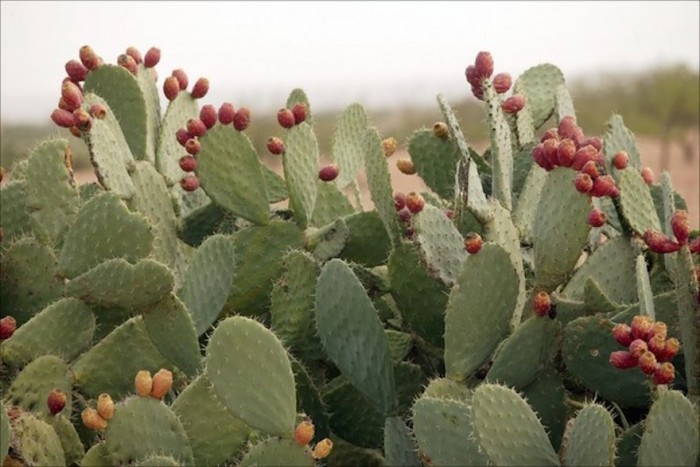From the Series

There have been several man-made solutions to water purification but judging by advancements in the field of biomimicry, it seems that nature always has the best solutions to its own problems. Researchers have caught on to a traditional Native American and Mexican water purification method that uses the inner sap of the common cactus plant.
The cactus substance presents an environmentally friendly, surprisingly simple solution to contaminated water. The cultivation of this substance and development of the purification method could significantly impact the lives of the one billion people in the world who do not have access to clean, drinkable water.
The substance inside the cactus, called mucilage, keeps the plant hydrated. Researchers have found that the sugar particles in the mucilage have the ability to filter contaminants such as various chemicals and arsenic from polluted water.
The Mexican water purification method is as simple as boiling the mucilage of a prickly pear cactus in contaminated water. The pollutants rise to the top and are easily scooped out of the liquid.
After the 2006 Haiti earthquake, researchers tested the method and found that the mucilage easily removed sediment as well as arsenic and harmful bacteria from polluted water. Using this approach, the researchers were able to help provide potable water to the victims of the earthquake.
The mucilage is a promising eco-friendly alternative to currently used chemical dispersants that cause a lot of damage to local ecosystems while cleaning up oil spills or water-based pollution. Researchers are adamant that the cactus substance could be just as effective as common approaches for filtering oil.





